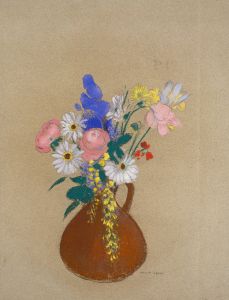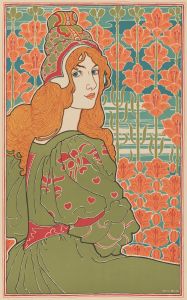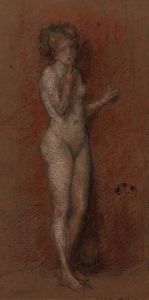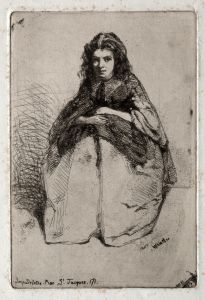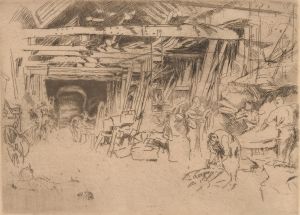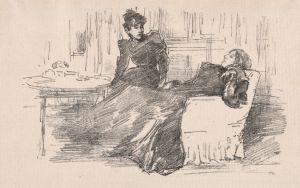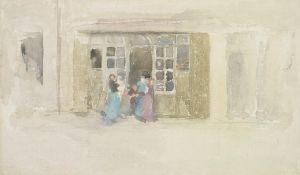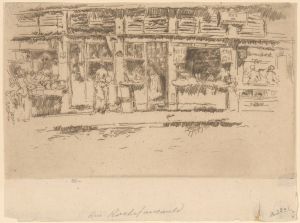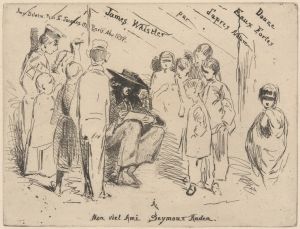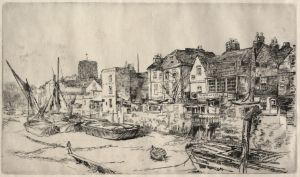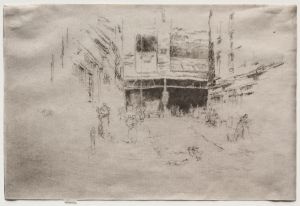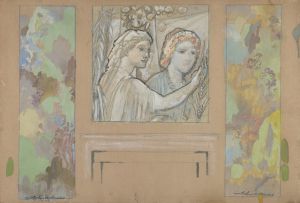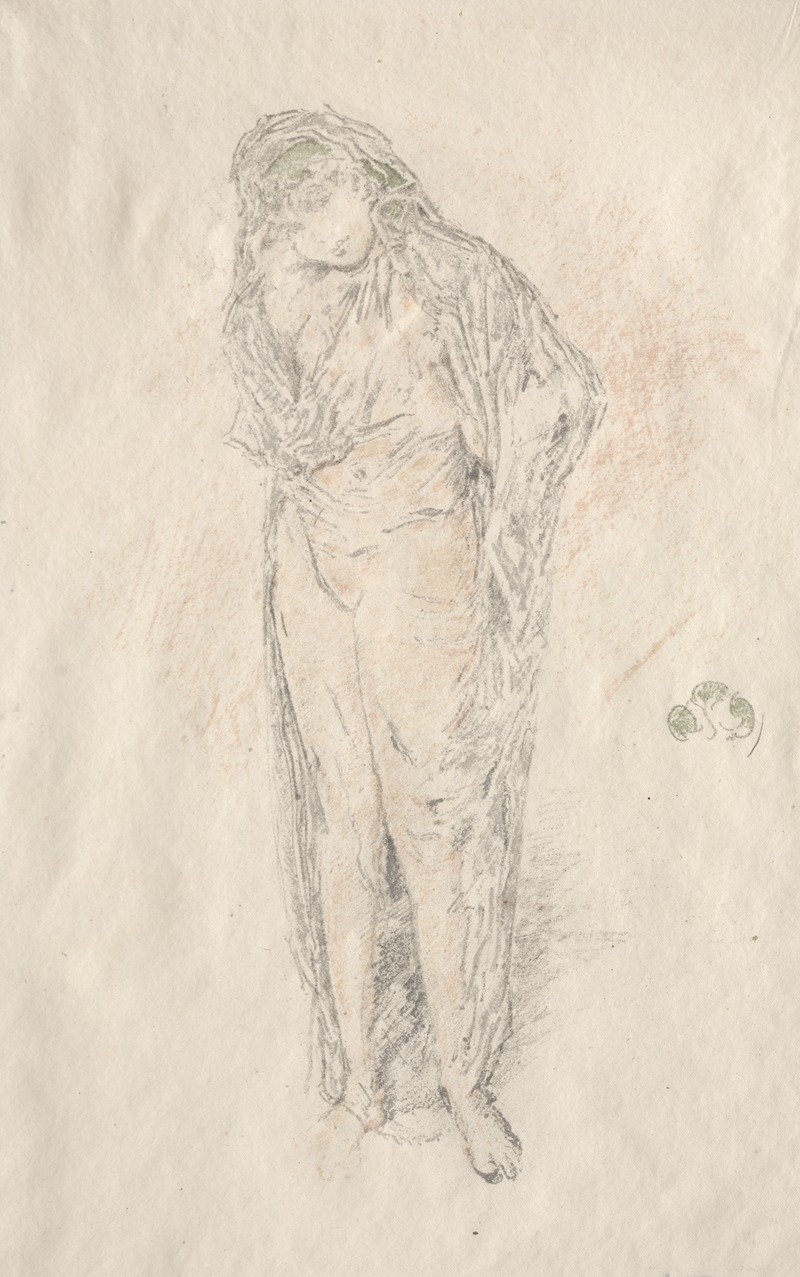
Draped Figure Standing
A hand-painted replica of James Abbott McNeill Whistler’s masterpiece Draped Figure Standing, meticulously crafted by professional artists to capture the true essence of the original. Each piece is created with museum-quality canvas and rare mineral pigments, carefully painted by experienced artists with delicate brushstrokes and rich, layered colors to perfectly recreate the texture of the original artwork. Unlike machine-printed reproductions, this hand-painted version brings the painting to life, infused with the artist’s emotions and skill in every stroke. Whether for personal collection or home decoration, it instantly elevates the artistic atmosphere of any space.
James Abbott McNeill Whistler, an American artist active during the late 19th century, is renowned for his contributions to both painting and printmaking. One of his notable works is "Draped Figure Standing," which exemplifies his distinctive style and artistic philosophy.
"Draped Figure Standing" is a work that showcases Whistler's mastery in capturing the human form with elegance and subtlety. The painting features a solitary figure, draped in flowing garments, standing in a poised and contemplative manner. Whistler's use of delicate brushwork and a limited color palette highlights his interest in tonal harmony and the aesthetic principles of "art for art's sake," a movement that emphasized the intrinsic value of art independent of moral or narrative content.
Whistler's approach to this painting reflects his broader artistic philosophy, which was heavily influenced by the Aesthetic Movement. This movement, which gained prominence in the late 19th century, advocated for the pursuit of beauty and the prioritization of aesthetic experience over didactic or utilitarian functions. Whistler's emphasis on mood and atmosphere, rather than detailed realism or narrative, aligns with these principles.
The composition of "Draped Figure Standing" is marked by its simplicity and elegance. The figure's pose and the flow of the drapery suggest a sense of grace and serenity. Whistler's subtle use of light and shadow enhances the three-dimensionality of the figure, while the muted background ensures that the viewer's focus remains on the subject. This technique is characteristic of Whistler's portraiture and figure studies, where he often sought to create a sense of timelessness and tranquility.
Whistler's interest in Japanese art and design, which was prevalent among many Western artists of his time, is also evident in "Draped Figure Standing." The influence of Japanese aesthetics can be seen in the painting's composition, the use of negative space, and the emphasis on line and form. This cross-cultural inspiration was part of a broader trend known as Japonisme, which had a significant impact on Western art during the late 19th century.
"Draped Figure Standing" is part of Whistler's broader body of work that includes portraits, landscapes, and nocturnes. His innovative techniques and his commitment to the principles of the Aesthetic Movement have left a lasting legacy in the art world. Whistler's influence can be seen in the works of subsequent generations of artists who continued to explore the boundaries of form, color, and composition.
In summary, "Draped Figure Standing" by James Abbott McNeill Whistler is a testament to the artist's skill in capturing the human form with grace and subtlety. The painting reflects Whistler's dedication to the principles of the Aesthetic Movement and his ability to create works that prioritize beauty and mood over narrative content. Through his innovative approach and his embrace of cross-cultural influences, Whistler has secured his place as a pivotal figure in the history of modern art.






